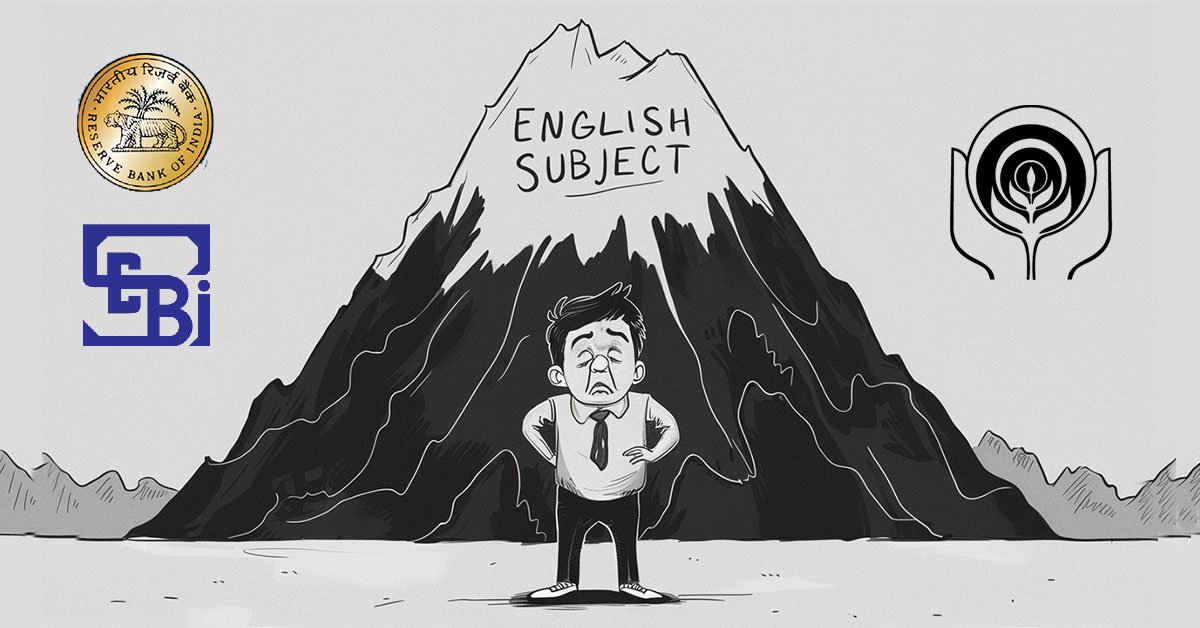Context:
The Reserve Bank of India’s (RBI) monetary policy framework—anchored in a flexible inflation-targeting regime—is up for review by March 2026. While consensus exists on retaining the 4% inflation target with a ±2% tolerance band, a crucial aspect of transparency in the framework has come under renewed scrutiny: the non-publication of the RBI’s report to the government following its failure to meet the inflation target in 2022.
Background:
Under Section 45ZN of the RBI Act, 1934, when inflation remains outside the prescribed tolerance band (2–6%) for three consecutive quarters, the central bank must submit a report to the Central Government explaining:
- Reasons for failure to achieve the target.
- Remedial measures proposed.
- Expected timeframe to bring inflation back to target.
In 2022, when inflation breached the upper tolerance limit for three consecutive quarters, the RBI submitted such a report—but it was not made public.
Arguments for Transparency:
- Spirit of the Framework:
- While the law does not explicitly require publication, withholding the report contradicts the spirit of transparency embedded in India’s flexible inflation-targeting regime.
- Public Accountability:
- The monetary policy framework was designed to make the RBI’s actions, reasoning, and decisions transparent—from pre-announced MPC meeting calendars and voting disclosures to biannual Monetary Policy Reports (MPRs).
- Global Practice:
- Inflation-targeting central banks in other countries—such as the Bank of England and Reserve Bank of New Zealand—make such failure reports or explanations public to reinforce institutional credibility.
- Market Stability:
- While concerns exist that disclosure could move financial markets, proponents argue that a clear policy roadmap would help markets adjust expectations more efficiently, reducing uncertainty.



















